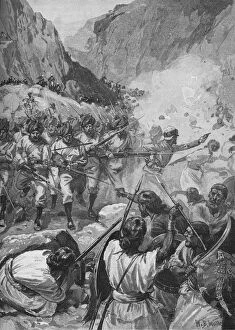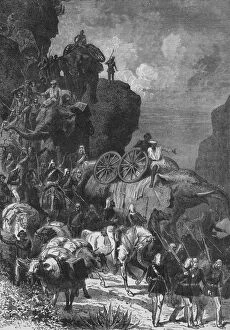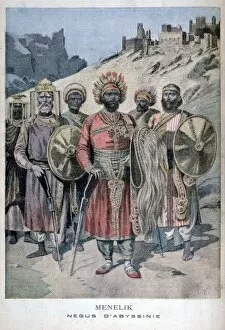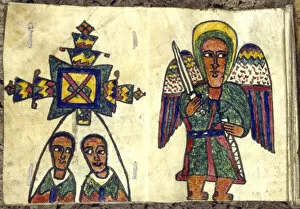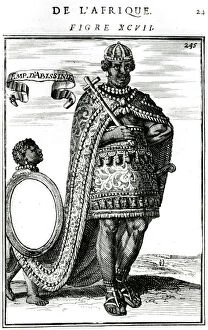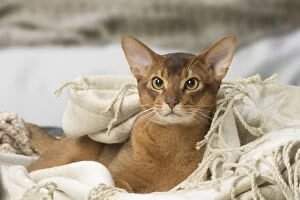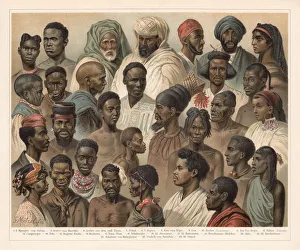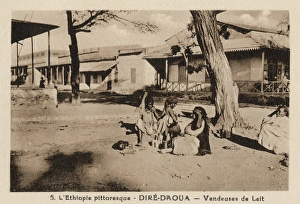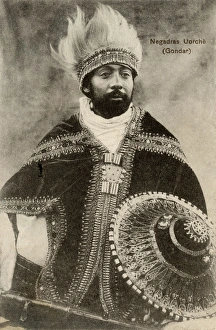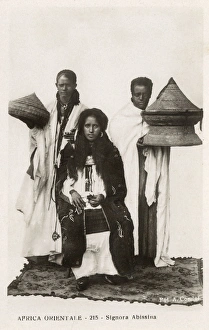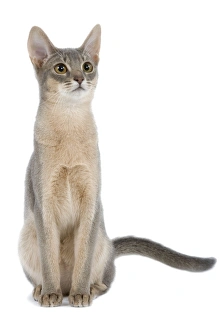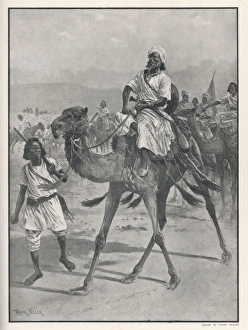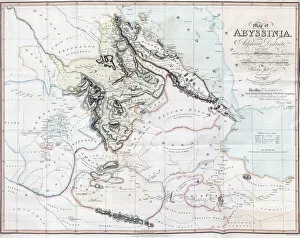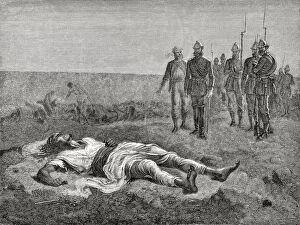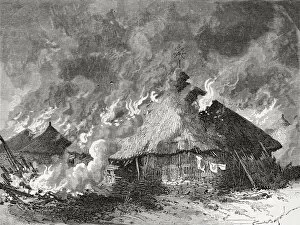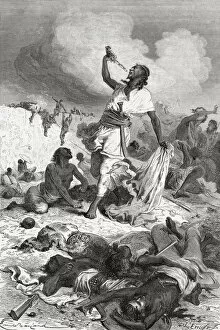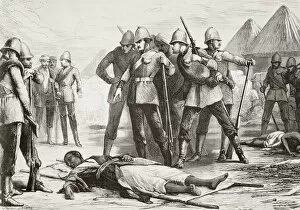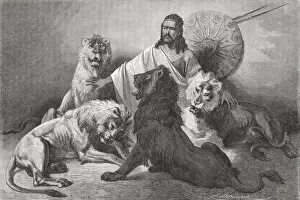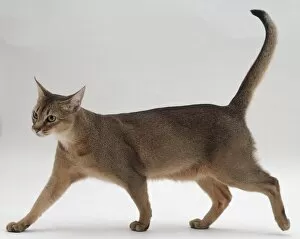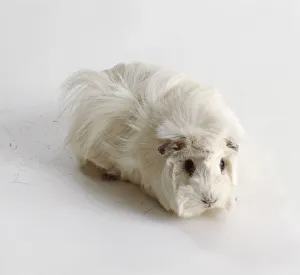Abyssinian Collection (page 5)
The Abyssinian, a name that resonates with history and culture
All Professionally Made to Order for Quick Shipping
The Abyssinian, a name that resonates with history and culture. From the legendary Ras Makonnen to the revered Abbysinian Clergy, Ethiopia's rich heritage is intertwined with this remarkable breed. In the annals of Ethiopian history, one cannot overlook the iconic image of The Negus Menelik leading his troops at the historic battle of Adwa. A vibrant color litho captures this momentous event, showcasing the bravery and resilience warriors who defended their land with unwavering determination. While Abyssinia's legacy extends beyond human figures, it also includes its feline counterpart - the elegant Abyssinian cat. Perched on a wicker chair or posing regally in a studio setting, these cats embody grace and poise. Yet amidst tales of royalty and battles fought, there are poignant stories that touch our hearts. Prince Alamayu, son of Emperor Theodor II of Abyssinia found himself far from home in Ryde, England. His presence serves as a reminder of both historical connections and personal tragedies that shaped nations. Delving further into history reveals an enchanting portrait captured by Henri Alexandre Georges Regnault - a Chief of Abyssinia from around 1870. This striking depiction offers glimpses into an era long gone but not forgotten. Pictures can tell stories too; they freeze moments for eternity like Picture No. 11051378 which showcases an exquisite close-up shot capturing every detail on top of an Abyssinian cat's head in a studio setting or another featuring their captivating red coat glistening under studio lights. Scenes from Life in Abyssinia (1885) provide us with insights into everyday life within this enigmatic land – scenes filled with bustling markets, traditional ceremonies, and people going about their daily routines against breathtaking landscapes. However fascinating these images may be; we must acknowledge darker chapters as well.



